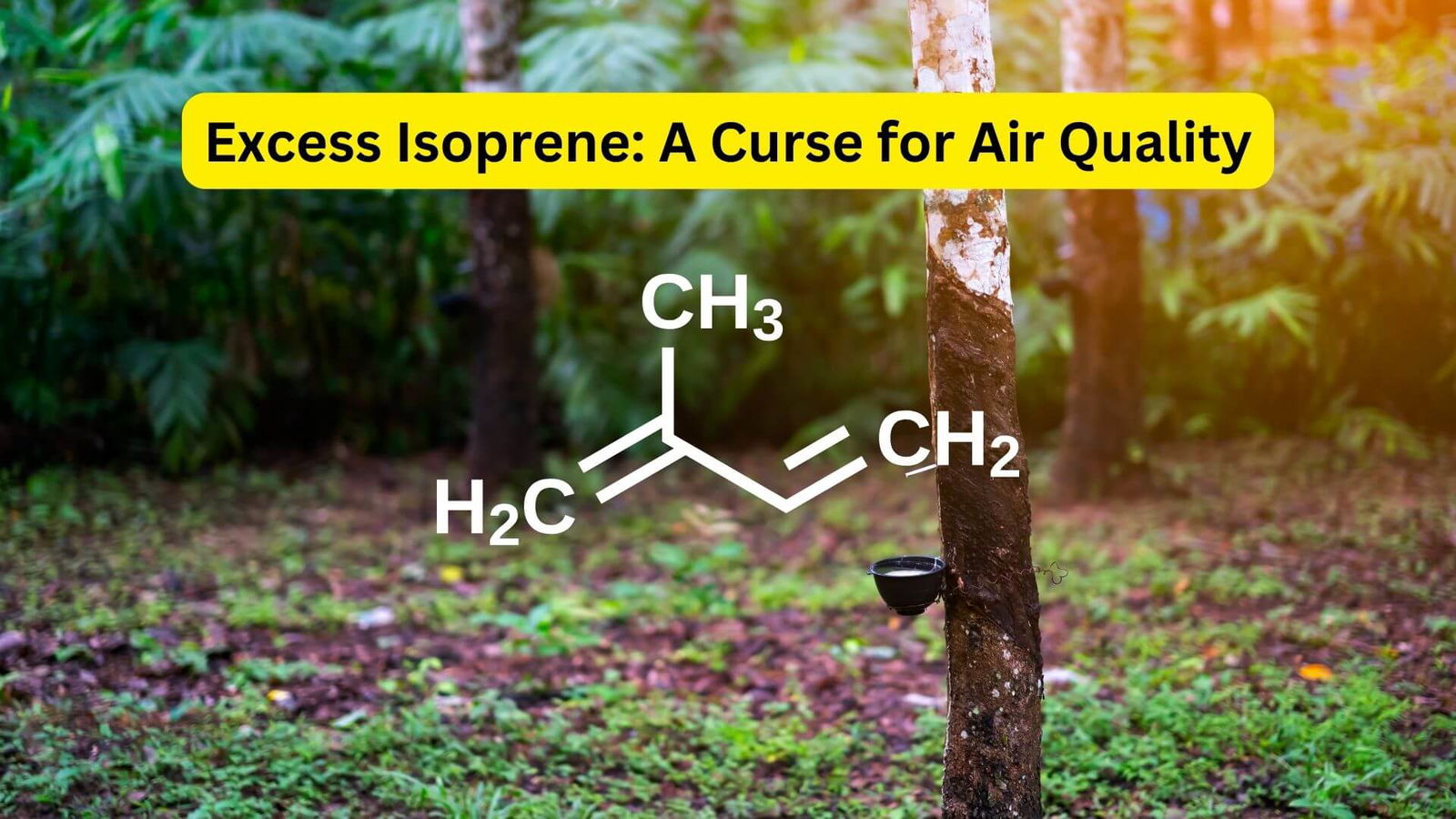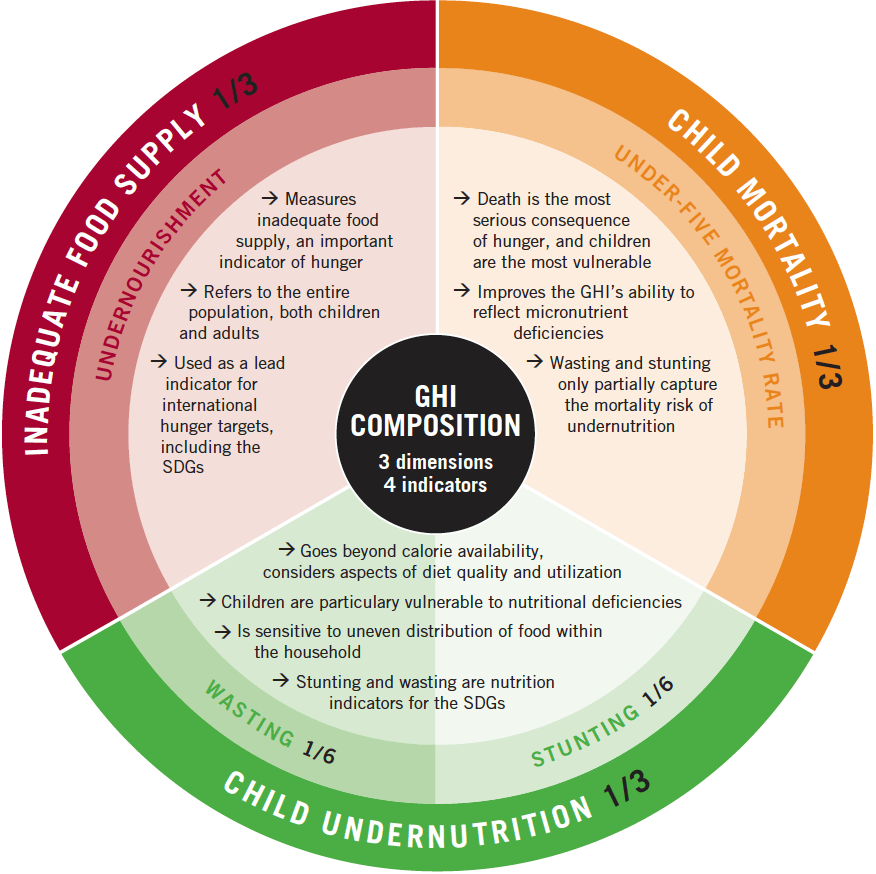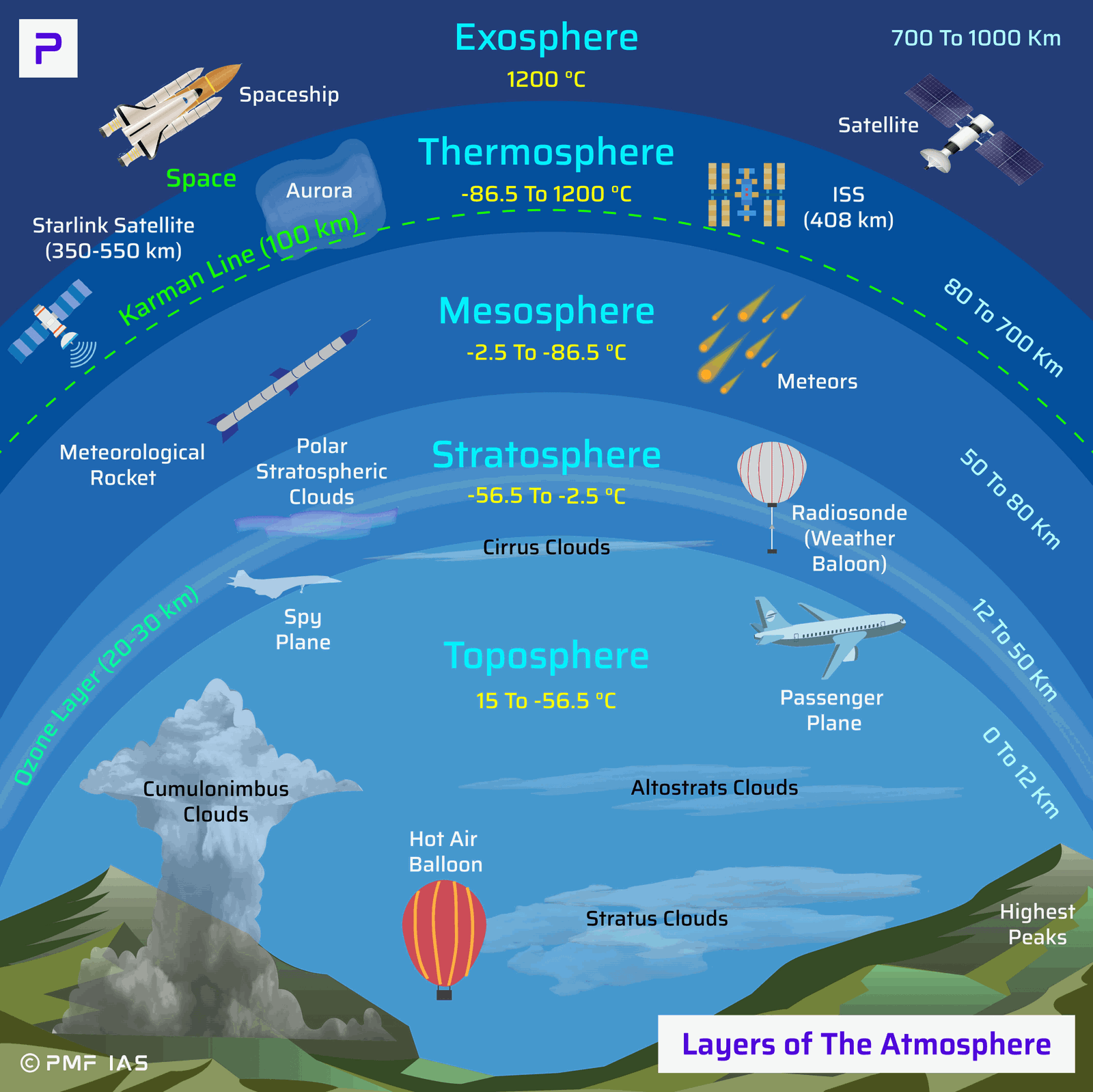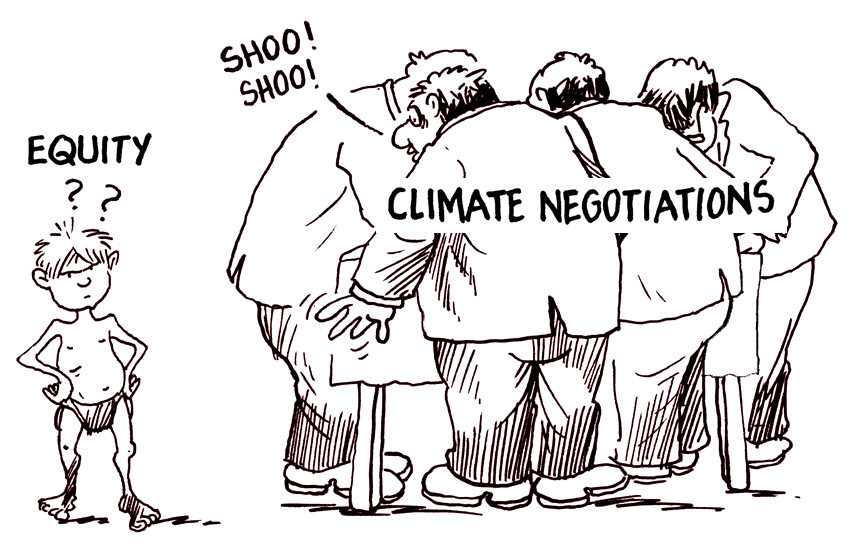
Excess Isoprene: A Curse for Air Quality
Subscribe to Never Miss an Important Update! Assured Discounts on New Products!
Must Join PMF IAS Telegram Channel & PMF IAS History Telegram Channel
- Context (TWC): Due to global warming, plants like oaks and poplars will emit more isoprene, which will worsen the air quality.
Isoprene
- Isoprene is a colourless, volatile liquid hydrocarbon.
- It is the most abundant non-methane VOC emitted into the atmosphere.
- Sources:
- Biogenic Sources: Most isoprene is produced by plants and by some algae and bacteria. It is also produced in small amounts by humans and other animals.
- Anthropogenic sources: It is also released by activities like the combustion of fossil fuels, production of petroleum products and synthetic rubber, etc.
- Uses: Isoprene is used in natural and synthetic rubber, adhesives, pharmaceuticals, and fragrances.
- It is the main component of natural rubber.
|
Volatile Organic Compounds (VOCs)
|
Benefits of Isoprene
- Pests and Disease Resistance: Isoprene defends plants against pests and diseases. It can be toxic to some insects and attract beneficial insects that prey on pests.
- Heat Tolerance: It can protect plants from high heat by safeguarding their photosynthetic systems.
- Atmospheric chemistry: It helps to remove specific pollutants from the air. It reacts with chemicals in the atmosphere to create secondary organic aerosols, which act as cloud condensation nuclei.
Demerits of Isoprene
- Ground-level ozone formation: Ground-level ozone forms when sunlight reacts with nitrogen oxides and VOCs. It leads to health problems, crop damage, and reduced visibility.
- Secondary organic aerosol formation: Isoprene also reacts with other atmospheric chemicals to form secondary organic aerosols, which reduces air quality and visibility.
- Climate change: Increased isoprene emissions raise tropospheric ozone and methane levels, which are significant greenhouse gases. Thus contributing to global warming.
Global Warming Effect on Isoprene Emissions from Plants
- Global warming has two implications for isoprene emissions from plants:
- Increasing carbon dioxide in the atmosphere slows the rate of isoprene emissions.
- Increasing temperatures accelerate the rate of isoprene emissions.
- However, the temperature effect trumps the carbon dioxide effect.





![PMF IAS Environment for UPSC 2022-23 [paperback] PMF IAS [Nov 30, 2021]…](https://pmfias.b-cdn.net/wp-content/uploads/2024/04/pmfiasenvironmentforupsc2022-23paperbackpmfiasnov302021.jpg)










